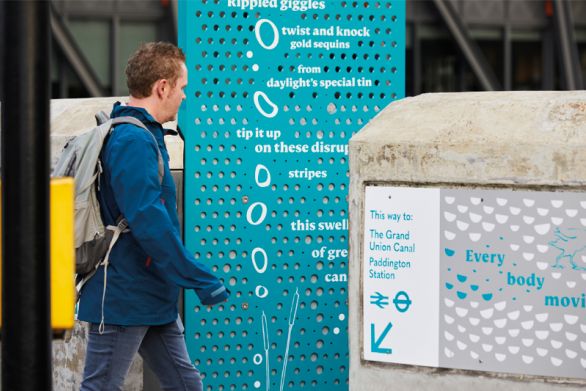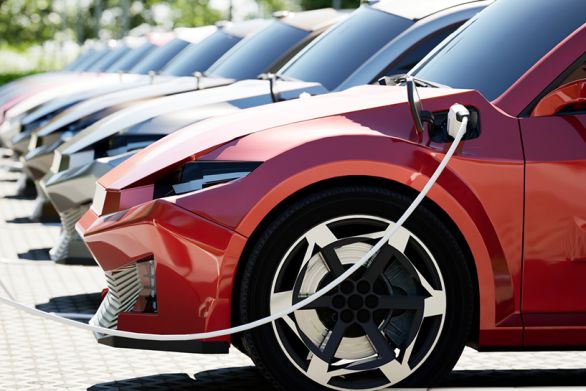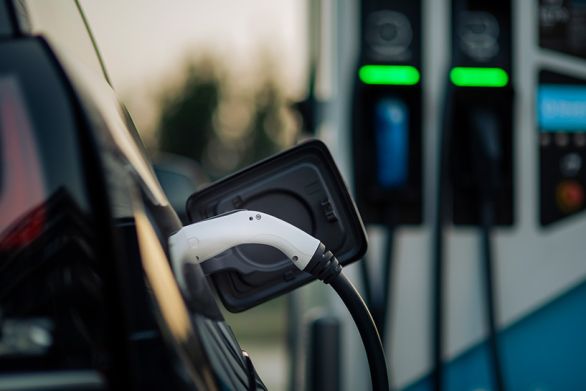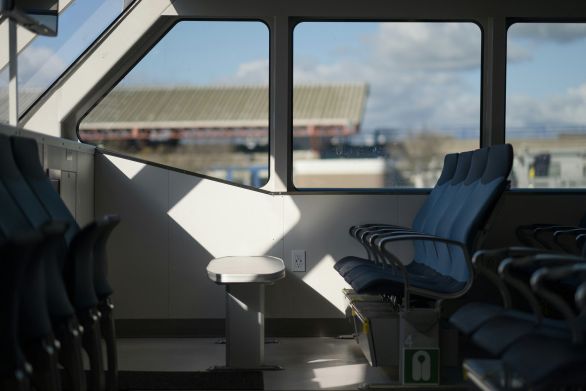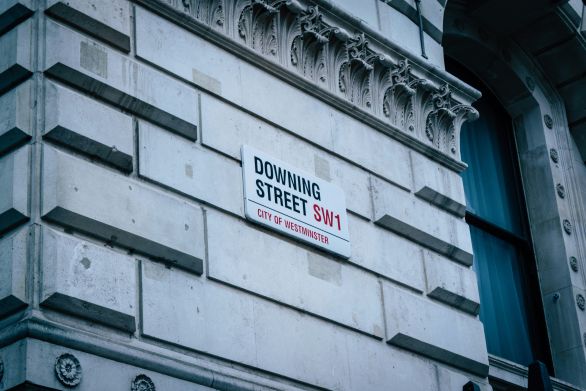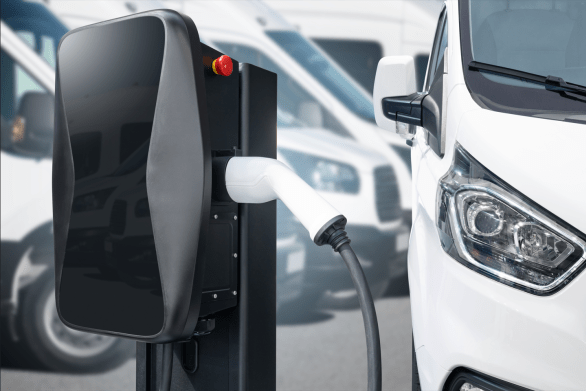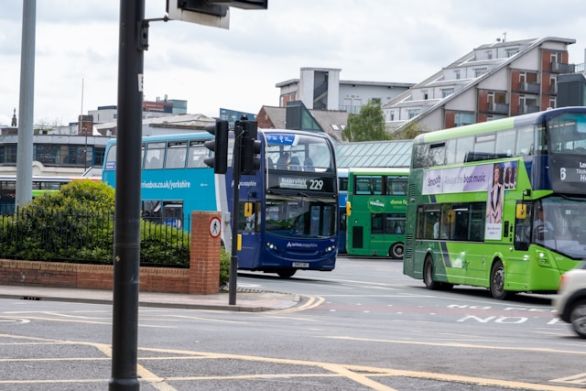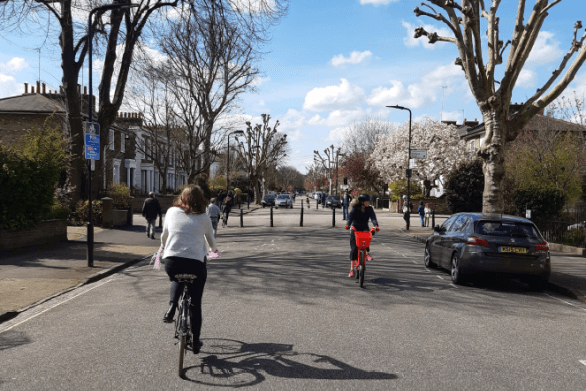Encouraging more rail travellers to cycle to and from stations is a win win scenario. It’s good for the wellbeing of the cyclist, for release of car parking spaces, and of course for the environment. Arguably, what’s needed is a ‘cycling revolution’ on the railways with a fundamental shift in perceptions within the industry and amongst the general public.
There is a lot to gain, as in the UK currently just 1% (1) of rail journeys involve a “cycle and park” access trip. At many stations this figure could be increased to 5% or more (2) , though a key constraint is how far from the station passengers live. A study for the Cycle Rail Integration Task Force shows that while some hardy cyclists are happy to travel many miles to get to their station, there is a ‘golden ring’ of between 1-4 km which is an attractive distance to cycle to a station. This still takes in a lot of potential rail travellers: there are 24 million people living within this golden ring in England alone.
At the other end of the journey there are a good many stations located in or near a town or city centre where a facility for hiring bicycles for the day or a few hours would be attractive. This ‘after rail’ market has in fact been key for early adopters of the London Cycle Hire (‘Boris Bike’) scheme.
Of course, not everyone is prepared to cycle and so when looking at the potential demand it is important to consider not just where station users live, but also their characteristics. For this purpose Steer Davies Gleave’s TravelStyle geodemographic tool can be used. The tool classifies every Postcode in the country into a segment reflecting their travel behaviour, including use of rail and cycling. In many places though there is unmet potential which is a result of years of ignoring the bicycle as a serious means of travel to and from the station.
So what should be done to encourage greater integration between cycling and stations?
A lot can be achieved just by getting the basics right: simple, secure cycle parking, located conveniently. This can be expanded all the way up to a Cycle Point (as seen in the city of Leeds, UK) with a whole panoply of facilities, but it is important to put in provisions that are appropriate to the local market. In the work Steer Davies Gleave has conducted on cycle parking, cycle routes, and cycle hire schemes we have consistently found that demand varies enormously from station to station, making a tailored approach essential to providing value for money. Unfortunately, as it stands in the UK it is almost as easy to find examples of inappropriate investment as it is to find places crying out for better cycling facilities.
And of course, the requirements of cyclists don’t start and finish at the station. Partnerships with transport authorities responsible for the local highways can greatly enhance the value of investment at a station, and an appealing benefit of a ‘cycling revolution’ on the railways is that the rail network could act as an artery by which the message is spread across the country, from rail stations outward.
For more information on this topic or on the TravelStyle geodemographic tool contact Tony Duckenfield, 020 7910 5000
Notes:
(1) Source: National Passenger Survey Waves (Spring 2011) p19-24
(2) There are 53 stations in the UK with a cycle & park access mode share of 5% or more (The highest having a 20% cycle & park access mode share)
